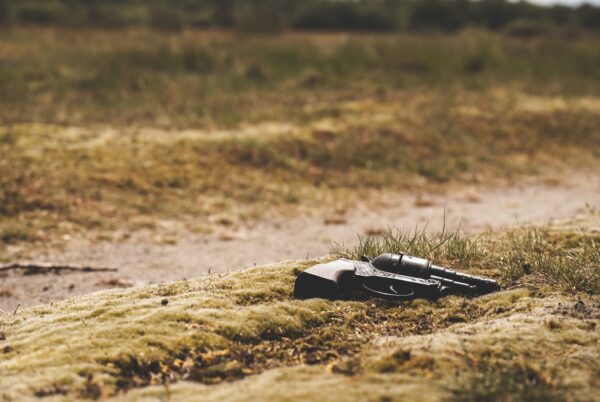Last updated on April 25, 2020
Most gun owners agree that more gun control is not needed but that education about guns and gun safety is needed to prevent accidental gun deaths. It is their contention that guns don’t kill people; people kill people. People need more gun education and mental-illness screening to prevent massacres.
Whether in the field, at the range, or at home, a responsible and knowledgeable gun owner is rarely involved in a firearms accident of any kind. Gun education is the best way to save young lives. It’s important to promote the protection and safety of children.
Like swimming pools, electrical outlets, matchbooks, and household poison, firearms are treated simply as a fact of everyday life. With the right information about firearms and their legitimate uses, families have much lower rates of delinquency than those households without guns. Children introduced to guns will associate them with freedom, security, and recreation, not violence.
Gun-control efforts have been proven to be ineffective. There is no correlation between waiting periods and murder or robbery rates. Banning high-capacity magazines will not necessarily deter crime because even small gun magazines can be changed in seconds.
The gun show loophole is virtually nonexistent because commercial dealers, who sell the majority of guns at shows and elsewhere, are bound by strict federal laws. Gun-control laws do not reduce firearm death rates. Of 25 state laws, nine were associated with higher gun-death rates. As a responsible gun owner, here are important details you should know.
The Right to Bear Arms
Civilians, including hunters, should own regular gun accessories, not military-grade firearms or firearm accessories. President Ronald Reagan and politicians during his time did not think rifles should be owned by civilians.
The Second Amendment was written at a time when the most common arms were long rifles that had to be reloaded after every shot. It’s important to understand the kind of controls that should be put in place for guns.
Civilians today have access to folding, detaching, or telescoping stocks that make the guns more easily concealed and carried; silencers to muffle gunshot sounds; flash suppressors to fire in low-light conditions without being blinded by the flash and to conceal the shooter’s location; or grenade launcher attachments. The Second Amendment was intended to protect the right of militias to own guns, not the right of individuals.
The single-minded focus in crafting the constitutional guarantee to keep and bear arms was on the military use of firearms, viewed in the context of service in state militias. There is nothing about an individual right to bear arms in the notes about the Second Amendment when it was being drafted, discussed, or ratified.
Countries with Restrictive Gun-Control Laws Have Lower Gun-Homicide Rates
Countries with restrictive gun-control laws have lower rates of gun homicide and suicide than the United States does. Both Switzerland and Finland require gun owners to acquire licenses and pass background checks that include mental and criminal records, among other restrictions and requirements.
In 2009, Switzerland had 24 gun homicides and 253 gun suicides. Finland ranked fourth in international gun-ownership rates with 45.3 guns per 100 people. The United States, categorized as having “permissive” firearm regulation by GunPolicy.org, ranked first in international gun-ownership rates with 88.8 guns per 100 people. In 2007, the United States had 12,632 gun homicides and 17,352 gun suicides.
Researchers analyzed the relationship between homicide and gun availability, using data from 26 developed countries from the early 1990s. They found that across developed countries, where guns are more available, there are more homicides. In a 2016 study, gun-homicide rates in the United States were 25.3 times higher. Gun suicides were eight times higher in 2010 than those in other populous, high-income countries.
Gun Control Can’t Stop Crimes
Armed civilians are unlikely to stop crimes and are more likely to make dangerous situations, including mass shootings, more deadly. None of the 62 mass shootings between 1982 and 2012 were stopped by an armed civilian.
Gun rights activists regularly state that a 2002 mass shooting at the Appalachian School of Law in Virginia was stopped by armed students, but those students were current and former law enforcement officers. The killer was out of bullets when subdued.
Other mass shootings often held up as examples of armed citizens being able to stop mass shootings involve law enforcement or military personnel and/or the shooter had stopped shooting before being subdued:
- A 1997 high school shooting in Pearl, Massachusetts
- A 1998 middle-school-dance shooting in Edinboro, Pennsylvania
- A 2007 church shooting in Colorado Springs, Colorado
- A 2008 bar shooting in Winnemucca, Nevada
The average gun owner, no matter how responsible, is not trained in law enforcement or on how to handle life-threatening situations. So in most cases, if a threat occurs, increasing the number of guns only creates a more volatile and dangerous situation.


















Be First to Comment